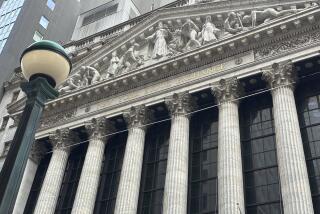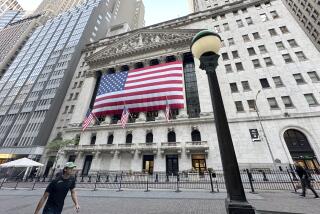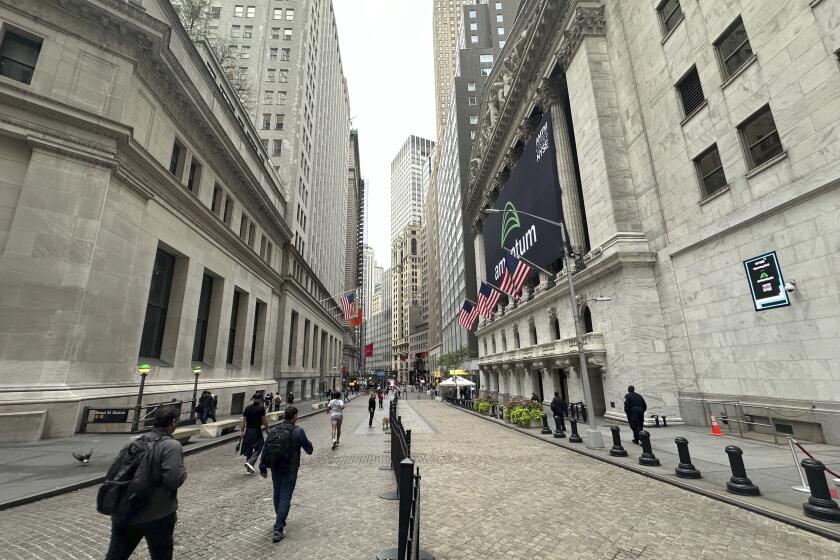Technology stocks lead indexes lower as yields resume climb

Stocks closed lower Wednesday as another rise in bond yields fueled concerns on Wall Street that higher inflation is on the way as the economy picks up.
The Standard & Poor’s 500 index dropped 1.3%, shedding an early gain. The pullback is the benchmark index’s second straight loss after it clocked its best day in nine months Monday. Technology companies bore the brunt of the selling, pulling the S&P 500’s tech sector down 2.5%. Microsoft and Apple each fell more than 2%.
U.S. government bond yields rose after easing a day earlier. The yield on the benchmark 10-year Treasury note climbed to 1.47% from 1.41%.
When bond yields rise quickly, as they have in recent weeks, it forces Wall Street to rethink the value of stocks, making each dollar of profit that companies earn a little less valuable. Technology stocks are most vulnerable to this reassessment, in large part because their recent dominance left them looking even pricier than the rest of the market.
On the flip side, banks benefit when bond yields rise, because that enables them to charge higher rates on mortgages and many other kinds of loans. Financial sector stocks were among the biggest gainers Wednesday. Bank of America and Citigroup added more than 2%.
The S&P 500 dropped 50.57 points to 3,819.72. The Dow Jones industrial average slipped 121.43 points, or 0.4%, to 31,270.09. The technology-heavy Nasdaq composite lost 361.04 points, or 2.7%, to 12,997.75.
Traders also sold off smaller-company stocks, dragging down the Russell 2000 index 23.72 points, or 1.1%, to 2,207.79.
Wall Street continues to look to Washington, where economic data, comments out of the Federal Reserve and President Biden’s stimulus package remain front and center. Treasury yields hit the psychologically important 1.50% mark last week as investors braced for stronger economic growth but also a possible increase in inflation.
On Tuesday, Federal Reserve Gov. Lael Brainard sought to calm financial markets by emphasizing that the Fed, although generally optimistic about the economy, is still far from raising interest rates or reducing its $120 billion a month in asset purchases.
Federal Reserve Chairman Jerome H. Powell will speak Thursday on monetary policy. Investors heard from him last week when he testified in front of Congress, but the format — a question-and-answer session with the Wall Street Journal — is likely to be more illuminating than Powell’s calculated answers to politicians.
Investors are looking ahead to the February jobs report Friday. Economists surveyed by FactSet expect that employers created 225,000 jobs last month. The report also includes numbers for how much wages are rising across the economy, a key component of inflation.
Overall, the economic outlook has been brightening in recent weeks after a surprisingly strong retail sales report that showed $600 stimulus payments approved in late December had translated into a January jump in retail sales that was the strongest since June.
With prospects rising for passage of President Biden’s $1.9-trillion COVID-19 relief package with $1,400 individual payments and good news on vaccine distribution, private forecasters have been busy revising upward their economic forecasts.
Many believe the economy this year could see a rebound with growth coming in at the strongest pace since 1984. That would mark a significant rebound from last year, when the economy contracted by the largest amount since 1946.
More to Read
Inside the business of entertainment
The Wide Shot brings you news, analysis and insights on everything from streaming wars to production — and what it all means for the future.
You may occasionally receive promotional content from the Los Angeles Times.









